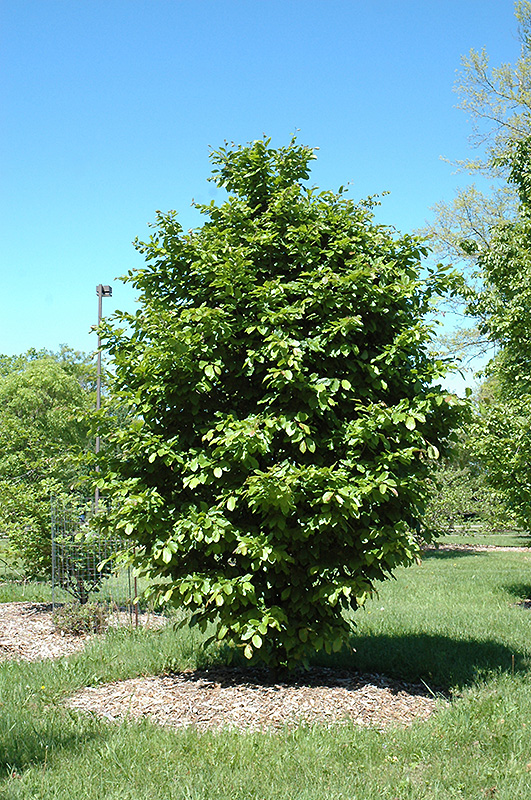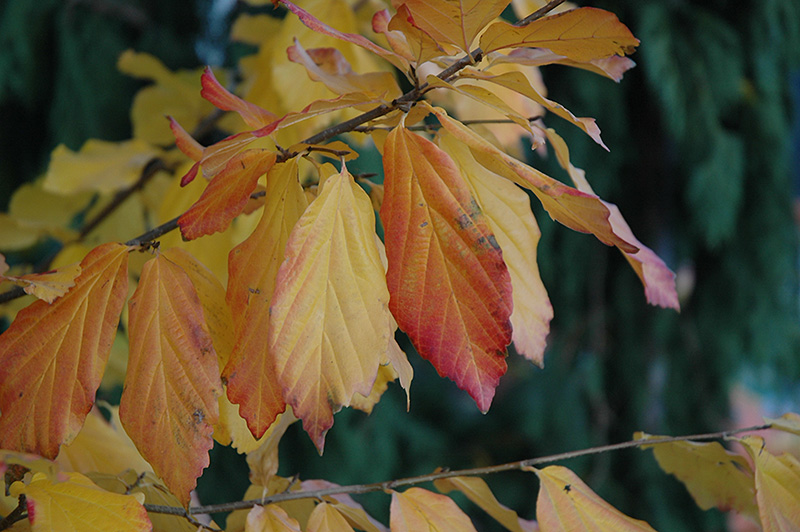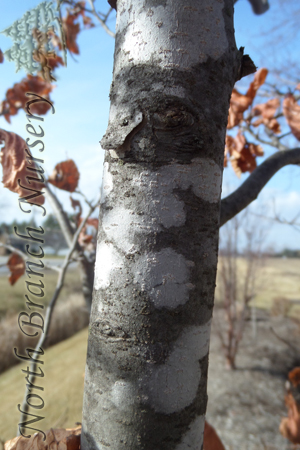Looking for a particular Plant? Try our Plant Finder Tool.
Height: 15 feet
Spread: 8 feet
Sunlight:
![]()
Hardiness Zone: 5a
Other Names: P. persica Fastigiata
Description:
An upright pyramidal form of this landscape gem with a very neat, upright habit of growth, interesting mottled bark and superb blend of fall colors ranging from yellow to orange to red, holding late into fall; very adaptable to diverse conditions
Ornamental Features
Vanessa Parrotia is primarily valued in the landscape for its distinctively pyramidal habit of growth. It has forest green deciduous foliage which emerges burgundy in spring. The serrated oval leaves turn an outstanding orange in the fall. The mottled brown bark is extremely showy and adds significant winter interest.
Landscape Attributes
Vanessa Parrotia is a dense multi-stemmed deciduous shrub with a distinctive and refined pyramidal form. Its average texture blends into the landscape, but can be balanced by one or two finer or coarser trees or shrubs for an effective composition.
This is a relatively low maintenance shrub, and should not require much pruning, except when necessary, such as to remove dieback. It has no significant negative characteristics.
Vanessa Parrotia is recommended for the following landscape applications;
- Accent
- Vertical Accent
- Hedges/Screening
Planting & Growing
Vanessa Parrotia will grow to be about 15 feet tall at maturity, with a spread of 8 feet. It has a low canopy, and is suitable for planting under power lines. It grows at a slow rate, and under ideal conditions can be expected to live for 60 years or more.
This shrub should only be grown in full sunlight. It is very adaptable to both dry and moist locations, and should do just fine under average home landscape conditions. It is not particular as to soil type or pH. It is highly tolerant of urban pollution and will even thrive in inner city environments. This is a selected variety of a species not originally from North America.





